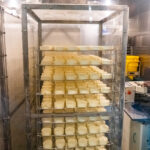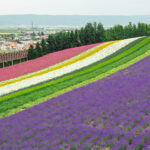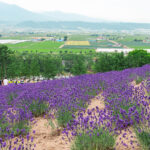This post may contain affiliate links. Please read our disclosure policy.
Juicy, fragrant, and bursting with flavor, Furano Melons are a seasonal highlight of Hokkaido and a must-try indulgence for summer travelers.
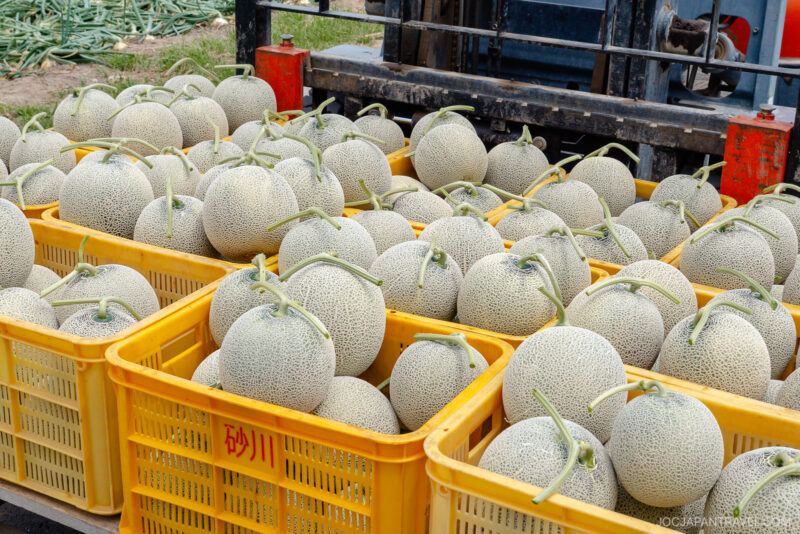
What Makes Furano Melons Special
When most people think of Furano, they picture the rolling flower fields and mountain scenery. But summer brings another local treasure: Furano Melons. Grown in the region’s volcanic soil and cool climate, these muskmelons are prized for their sweetness and smooth texture.
While not as famous—or as expensive—as the Yubari King Melon, Furano Melons hold their own with a high sugar content. The result is a fruit that tastes as sweet as candy, perfect for eating fresh or enjoying in desserts around Hokkaido.
Quick Facts
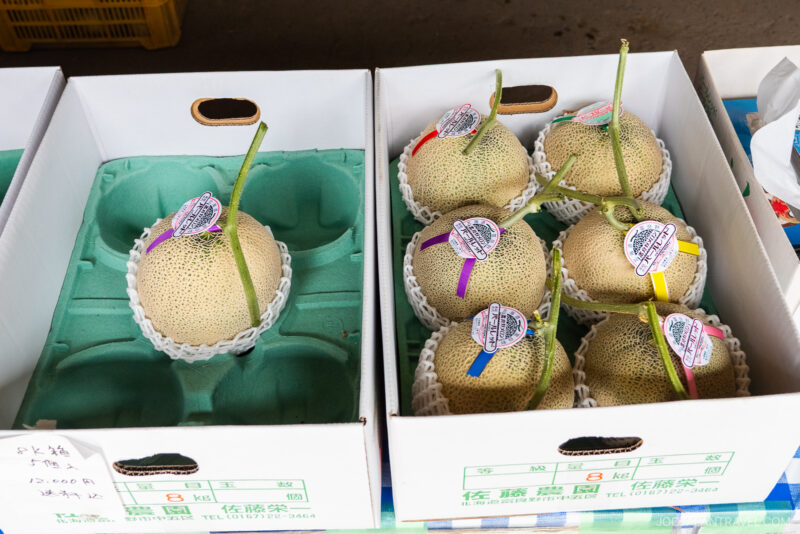
- Varieties: Red, orange, and green-fleshed melons
- Flavor: Sweet, juicy, and highly fragrant
- Price: Around ¥2,500–¥3,500 each, more affordable than Yubari melons
Buying a Furano Melon
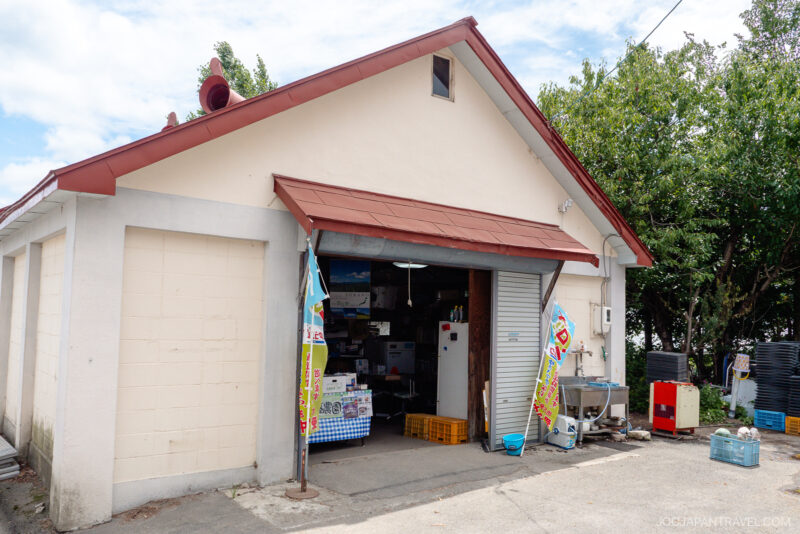
We stopped at Sato Farm (佐藤農園), a small roadside shop just outside central Furano. The farmer welcomed us with slices of fresh melon, and after tasting them, we couldn’t resist buying a few to take home as souvenirs.
We carefully packed the melons and carried them back to Yokohama, where they became a sweet surprise for Nami’s family.
How to Get to Sato Farm and Other Melon Shops
Sato Farm (佐藤農園) sits south of central Furano. It is about 10 minutes by car from JR Furano Station.
By Car
From JR Furano Station The drive takes about 10 minutes. Head south from the station on Route 38. After a few minutes, you will see roadside farm stands selling melons. Sato Farm is located just off this road.
Pro Tip: Go in the morning for the best selection. Weekends can sell out by early afternoon.
Is a Furano Melon Worth Buying?
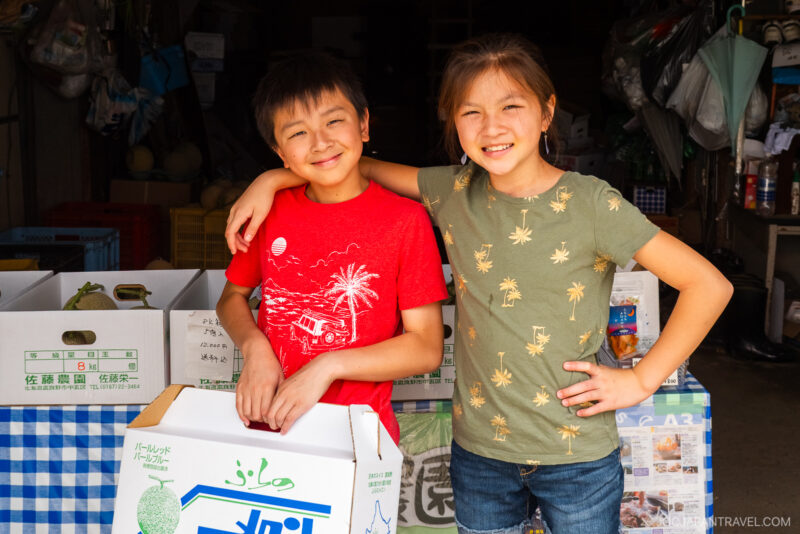
Enjoying a Furano Melon was one of those simple pleasures that made our Hokkaido trip more memorable. The price might seem high, but the flavor is outstanding, and buying directly from a local farm adds to the experience.
Sharing the melon with family back home turned it into a lasting memory!
More to Explore Nearby
Once you’ve sampled Furano’s famous melons, there’s plenty more to see nearby:
- Farm Tomita – The most iconic lavender fields in Hokkaido
- Shikisai no Oka – Hillside flower gardens in neighboring Biei
- Ningle Terrace – A charming forest village of artisan craft shops
- Tree Adventure Furano – A fun zipline and rope course for families

